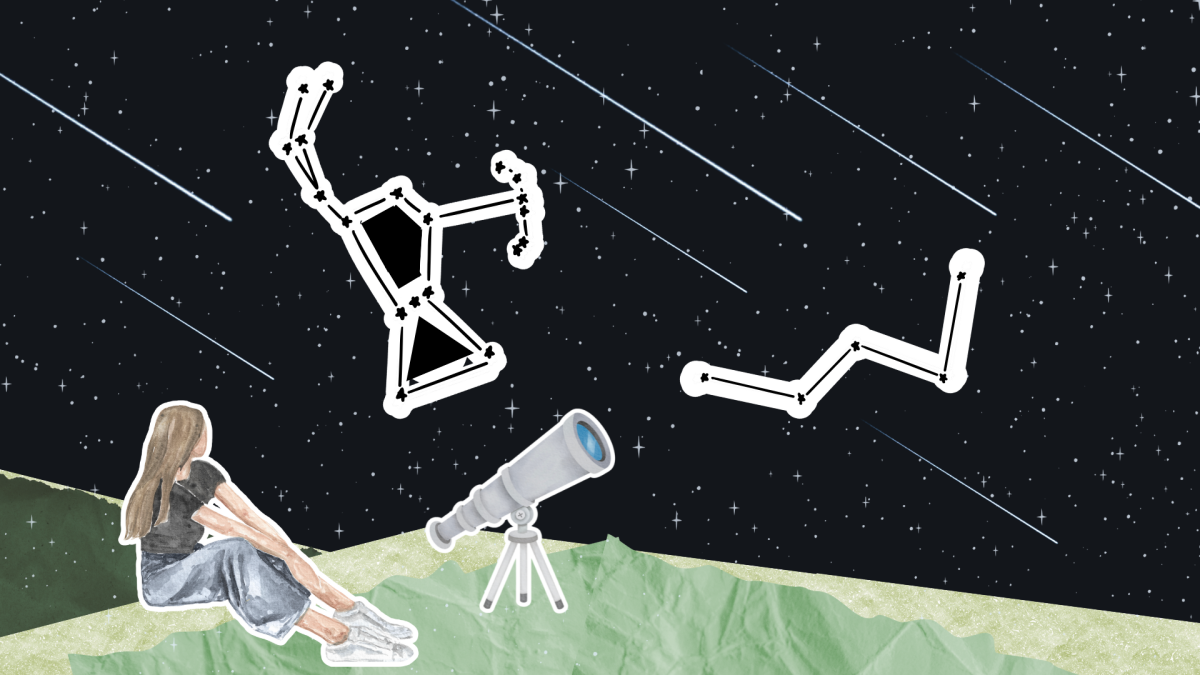We’ve all seen students, or been the student, to carry in a large cup of coffee or energy drink to prepare ourselves for the lengthy and tiring school day ahead.
As a matter of fact, as of 2023, over 70% of adolescents have reported drinking an energy drink at least once, according to Cleveland Clinic, and numbers continue to skyrocket.
But as the prevalence of caffeine-laden drinks continue to rise, health concerns ascend with them. The side effects of such harmful drinks take the forefront of the spike in energy, causing us to wonder: How do these drinks even work?
Ms. Tamkyah Anthony, a televised forensic toxicologist; Rutgers University SMART (Science, Medicine, and Related Topics) program educator; and graduate of John Jay’s Forensic Science program; has long been aware of the inner workings and side effects of caffeine.
One of the stealthiest drugs in everyday life, caffeine is categorized as a stimulant, a classification of drugs that speeds up messages traveling through the body and brain. This explains many of the symptoms, such as heightened awareness and increased athletic ability, which are caused by its ingestion. In low, relatively-safe levels, caffeine boosts energy and increases alertness, “[tricking] the body into a fight or flight response,” Anthony indicates.
However rare, caffeine overdoses also can lead to death. This NIH article specifies three cases of fatal cardiac arrest caused by a large dose of an energy drink. In high doses, caffeine can actually increase the blood alcohol content, meaning it can be a substitute for alcohol.
“The body [becomes] unbalanced in many ways,” said Anthony.
An example is the Panera Charged lemonade incident. Although this was a drink that caused the death of a college student, we can’t help but wonder how this would translate to daily drinks. Panera had neglected to display the large amounts of caffeine in the drink, advertising it as the same as every other drink in their menu. As a result of their ignorance, Ms. Sarah Katz, a 21-year old with a heart condition, was unaware the drink would lead to her death a few hours later and solidify the large lawsuit against the company.
A fatal level of caffeine is usually above 100 µg/ mL (micrograms per milliliters), or 0.1 mg/mL (milligrams per milliliters); for the average human, that’s roughly four cans of Red Bull daily for a month. For adolescents who consume unchecked amounts of caffeine everyday to stay awake, the caffeine can initiate a dangerous condition. If an intoxication case were to happen, its occurrence and severity would be easily identified by urine and blood analyses, noted Anthony.
But what causes a teenager to ignore these health concerns and saunter to the drinks alley? Academic stress and long lists of homework and assessments lead to late nights for many “adolescents and young adults wanting to perform better academically and stay awake longer,” said Anthony. The idea of having an academic goal to aim towards causes students to seek reprieve in caffeine.
To counteract the inclination towards energy drinks, Anthony suggests having a healthy diet full of fuel for the body. That can include not only a healthy balance of fruits and vegetables—which have enough fuel that the body can then turn into glucose—but also a good eight and a half hours of sleep to fully rejuvenate the body. During a good night’s rest, the body performs critical processes, such as repairing and regenerating cells, which will in turn cause a student to wake up fully energized and refreshed.


















































































